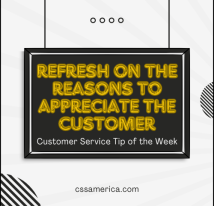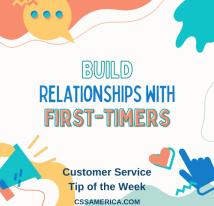We’ve been saying it for years, and now more studies are beginning to confirm it. While customer wait times can be a cause for frustration and anger, organizations can positively impact the customer’s emotions, even if they don’t shorten the wait.
Take a hospital Emergency Room, for instance – one of the most vivid examples of the aggravation that is long waits. You fell off a ladder or were shot with a BB gun; you have a 103 degree temperature or a pain in your side. There are MANY reasons why you could be in an E.R. without a life threatening condition. Be prepared to wait…and wait…and wait.
In an article titled “ER wait times rise; proper communication soothes dissatisfaction” (http://www.cardiovascularbusiness.com/index.php?option=com_articles&view=article&id=23342&division=cvb&division=cvb), a 2009 study noted that E.R. wait times nationally continue to increase, now standing at 4 hours 7 minutes. That makes that 20 minutes of telephone hold time for your cable company not seem so bad now, doesn’t it? Well maybe it still does.
One interesting fact about the study was that patients who waited 3-4 hours had similar patient satisfaction levels as those waiting less than one hour. How could this be? Well according to the study authors, “frequent, proactive communication improves both the quality of patient care and the manner in which patients perceive their care." The communication helps the patient “understand the processes within the emergency department environment and shows them that staff has not forgotten them.”
Remember, satisfaction in any business is a measure of perception (as much or more than a measure of reality). How can you positively impact your customer’s perception of you and your business? When it comes to wait times, we have a key answer – it’s frequent and proactive communication.
Convey you care by keeping in touch with your customer.
Interested in improving your company’s customer service? See more information at: http://www.cssamerica.com/
Check out our new customer service book at http://www.amigreatat.com/





















